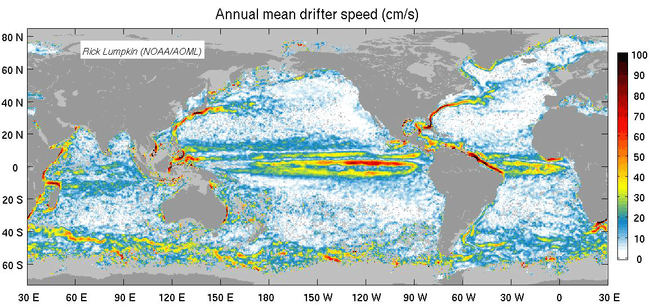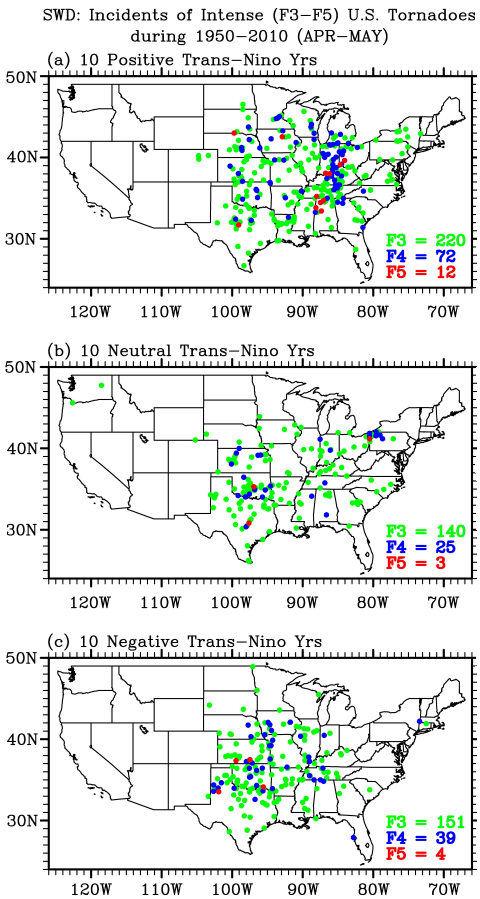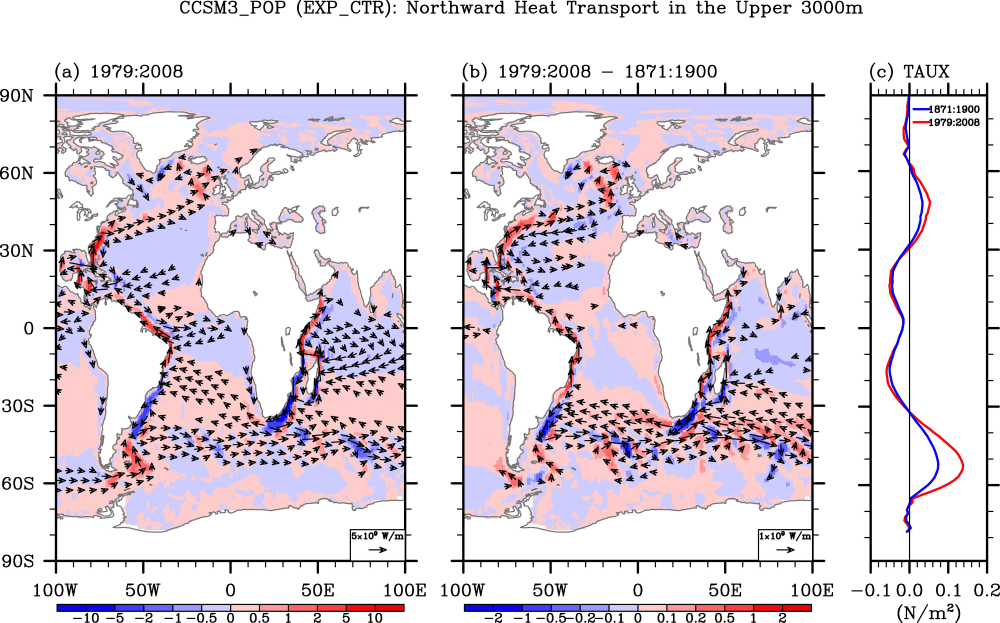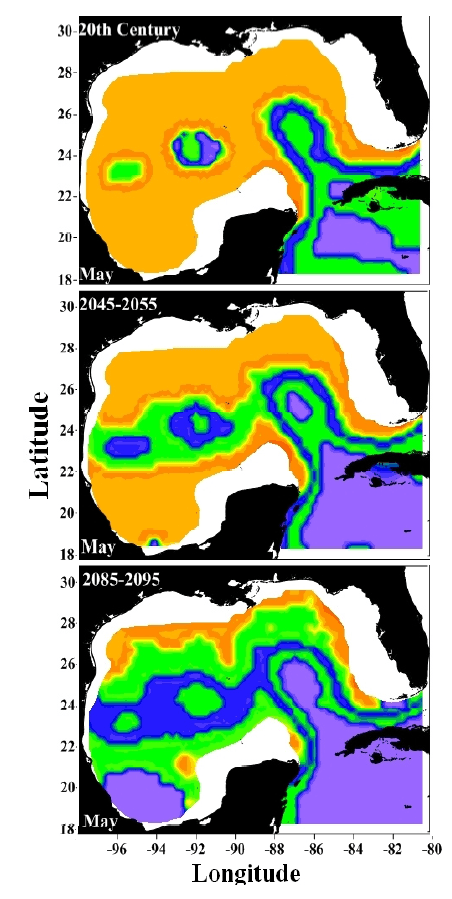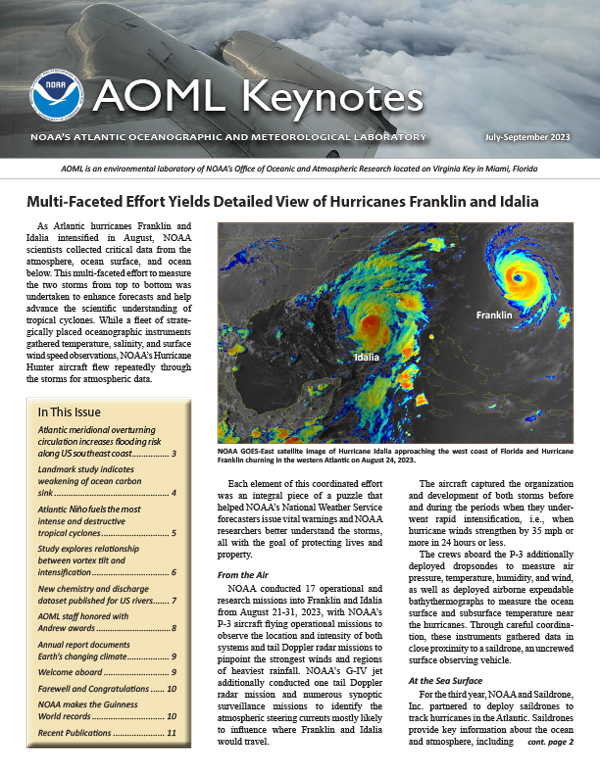Global Ocean Surface Velocities from Drifters: Mean, Variance, ENSO Response, and Seasonal Cycle
Using over 30 years of observations from drogued, satellite-tracked surface drifting buoys, Lumpkin and Johnson (2013) developed a methodology to map seasonally-varying surface currents at 1/2 degree resolution. Results from this study can be used to better understand how the ocean transports properties like heat, salt, and passive tracers, and serves as a reference to study changes in ocean currents over time. One key result from this study is the global distribution of mean, seasonal and eddy kinetic energy, which totals 4.6x1017J in the upper 30 m of the ocean and reveals the presence of three large eddy “deserts”, one in the Atlantic Ocean and the other two in the Pacific.
